Your Food Waste Is Lethal
You might not realize it, but your everyday food waste and food scraps cause climate change.
Think about the browned banana that’s too mushy to eat, or the wet, wilted spinach in the back of your fridge.
Now, consider where you toss the ends of a carrot, an apple peel, or the skin of a potato. Likely, you’re tossing all of that food into the trash.
According to the Food & Agriculture Organization, we waste 45% of our fruits, vegetables, roots, and tubers. This is the highest amount of waste compared to 30% for cereals, 20% for oil seeds, meat and dairy and 35% for fish.
I used to throw out a bucket’s worth of food scraps every week and not think anything of it. In addition to that, I’d toss out a handful of greens that had gone bad.
Either I didn’t have time to prepare it or I cooked it and didn’t have time to eat it. When we lived in Toronto, the city provided a service where you’d toss your food into green bins.
These were picked up on trash days and sent to an organic waste-management facility for processing.
Embarrassingly, I thought this was such an inconvenience to sort out our food from the rest of our trash. I was being a baby about it, because who likes change?
It didn’t take much time at all. I was also ignorant and had no idea why people would want or need to sort their food from the rest of their trash.
Table of Contents
Why Food Waste Makes Climate Change Worse
Then, I realized the environmental impact food waste has on our planet. Especially when that food ends up in our landfills, it decomposes without oxygen, creating methane.
I’m not a scientist, but I’ve read methane is a powerful greenhouse gas and while some of it gets converted into energy, the majority is released into the atmosphere, warming our planet! Over a 100 year period, methane is 34 times stronger than carbon dioxide.
You know those polar bears we all love because they’re so cute and cuddly? If the planet keeps getting warmer, and the arctic sea ice continues to thaw and disappear, our beloved polar bears are in a lot of danger. Climate change is real folks.
Have I convinced you to stop contributing to climate change? I hope so!
Here Are Easy Solutions To Minimize Your Impact And Stop Food Waste
Compost
Find a compost system that works for you and toss all organic food scraps into it. Get your family involved in this process.
Composting wasn’t always easy. I had to stick a one-pager on our fridge outlining what can and cannot go into the compost pile.
To make it easy for you, I’ve included the sheet here for you to print.
Help your family learn and ease them into it. It took my husband a month before he would remember to wash, crush up his eggs shells, and add them to the bin.
My daughter picked up on it right away (start early and create good habits) and helps tear up her banana peel and even shred newspaper.
I would ask my daughter where the scraps would go and she’d say, “the compost, mommy,” in the cutest voice. She doesn’t quite realize why we’re doing it, but she knows that trash goes in the trash bin, and food scraps go in the compost bin.
We have a compost bin on our kitchen counter and then a tumbler right outside the kitchen. Having the compost bin visible and within reach makes it easier to toss scraps into it.
The great thing is this bin doesn’t smell at all! I was surprised. Even after forgetting to dump it after a week, it still didn’t stink.

You can purchase this same bin on Amazon.
Every day or every other day, we’ll take the bin outside to the tumbler, tossing all food scraps in with a bunch of shredded up newspaper.

You can purchase this outdoor tumbler on Amazon.
As you can see, it’s a short walk from the kitchen and right off the patio. Even when it’s snowing outside, we can easily access it.
Eat & Use All Of It
Meal prep as much as possible so you’re using all of the produce you purchased that week or that day.
If you take inventory of what you have in the fridge, you can create meals based on what’s available. This keeps you from buying more than what’s necessary and is a reminder to eat the food that spoils fastest earlier on in the week.
Another reason why composting is great, is it is a visible reminder of what you toss.
How To Eat All The Parts
When making cauliflower mash, I used to toss the leaves and stems. Now I chop up the stems nice and small and add it to the cauliflower head pile. Especially with mash, you are pureeing all of it anyways, so the taste is the same.
I’ll save the leaves in the fridge and saute them for another dish that week. Perhaps a soba noodle stir fry.
Let’s talk about kale. What do you do with kale stems? I used to toss them thinking their only purpose was to give us delicious leaves.
We use the Chef’n leaf stripper below with our two year old. She loves helping out in the kitchen. This nifty tool saves your fingers from burning. If you’ve stripped kale, or rosemary a lot, you know what I mean.
All you do is push the stem through one of the holes, then have your kid pull the other end. Voila! You’ve got a loose leaf without the stem.

Buy this tool on Amazon.
Rather than tossing the stem, you can saute, pickle, roast, and blend those stems. Just give them a nice chop first and then blanch. Blanching helps tenderize the stems and reduces the bitterness.
We have so many orange and grapefruit peels that I decided to start freezing them, ripping them into smaller strips or zesting first.
- Throw the skins into water, add some cinnamon or other spices, boil it up, and you’ve got yourself a homemade air freshener.
- Use the peels in a cocktail like a nice Old Fashioned. We love adding orange to ours.
- When a recipe calls for lemon zest or orange zest, you’ll be prepared!
Make Stock
I keep a glass jar or reusable Stasher bag in the freezer and fill them with a ton of food scraps.
My food scraps generally include mushroom stems that are too hard to eat, onion peels (and skins), garlic skins, carrot ends, etc.
When I have enough to fill a pot or slow cooker, I’ll go ahead and make chicken or vegetable stock. What’s nice is I’ll freeze the stock in smaller jars, and defrost when I’m ready to use.
This is a time-saver when I’m scrambling to put food on the table. I can quickly make a soup, a hearty orzo dish (substituting water for the stock when cooking), or a simple sauce to top veggies or pasta.
Regrow Your Food
Lettuce, scallions, and celery are a few vegetables that you can regrow. That’s right, produce you buy can be regrown and will produce more food for you to eat.
I regrew celery and scallions purchased at the farmer’s market. Super easy, low maintenance and really fun to see them shoot up. Every day my daughter and I changed the water, and observed how tall the celery and scallions got.
I probably should have transplanted the celery once roots started to grow underneath, but wanted to see what would happen.
Since then the celery was eaten and the rotting parts went to the compost.
The scallions are still growing strong and I use them in everything from soups, stir fry, and salad.
I used to buy a bunch every week and toss what I couldn’t use. Now, I have just enough for what I need to cook and there’s little waste.
You Can Save the Planet
Take baby steps and figure out which solutions above would be easiest to implement today with your family. Teach your kids to eat what’s available and reduce the amount of food going into your trash.
Stop contributing to climate change and take action today. Leave some comments below with steps you’ve already taken or plan to make.




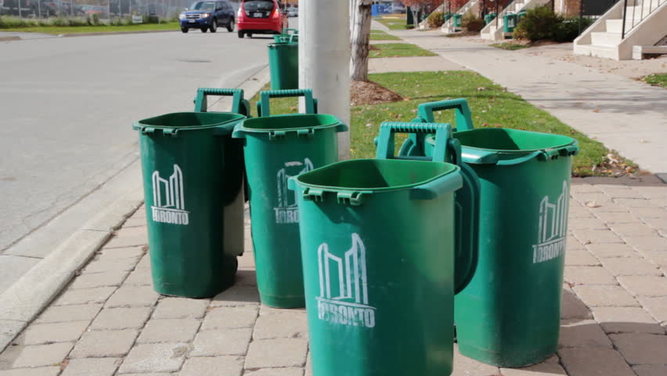


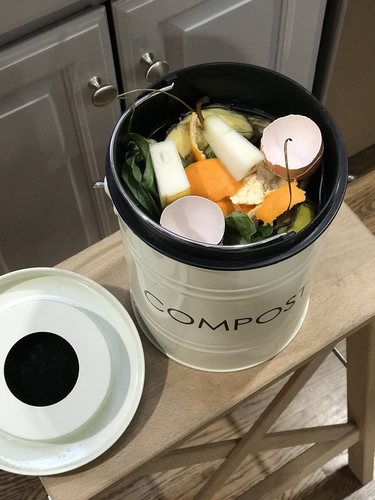
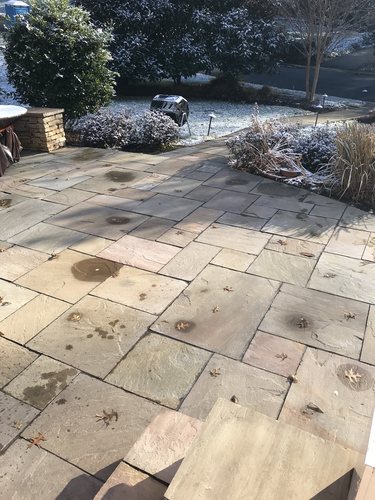
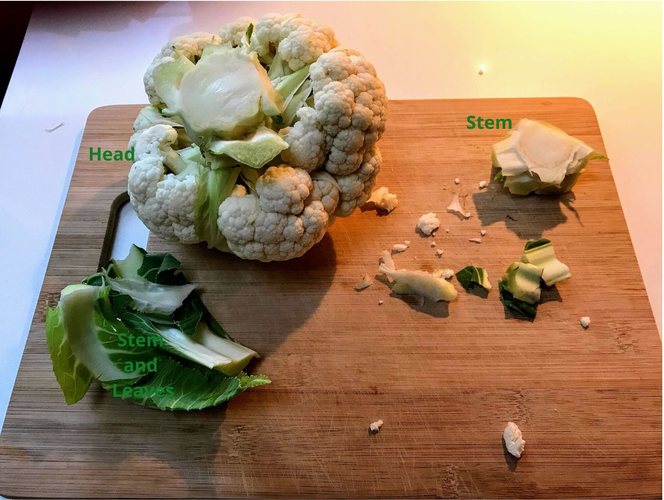
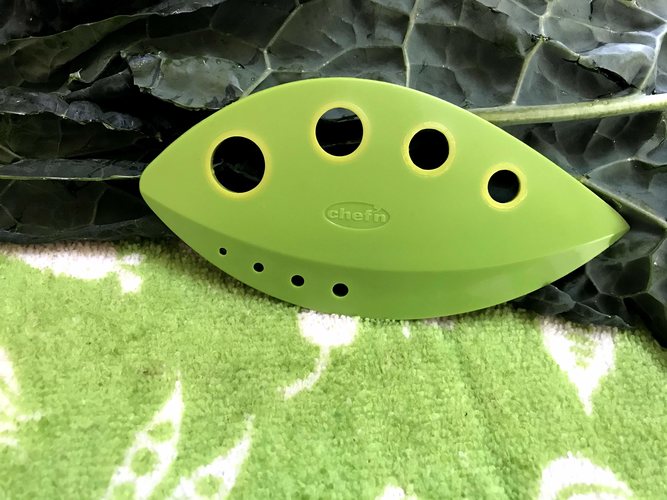
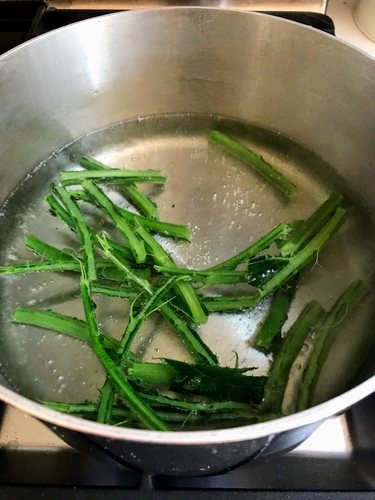
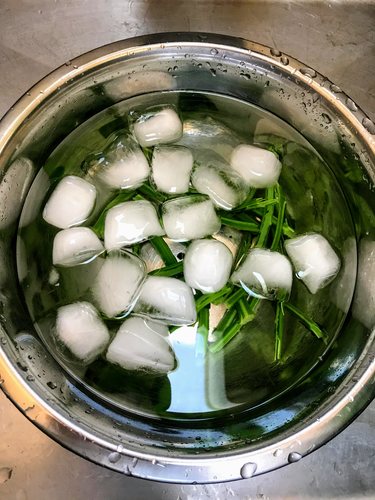
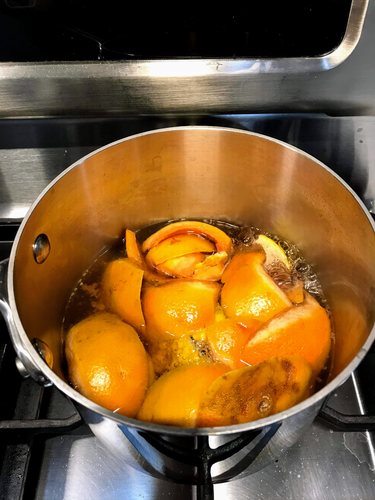

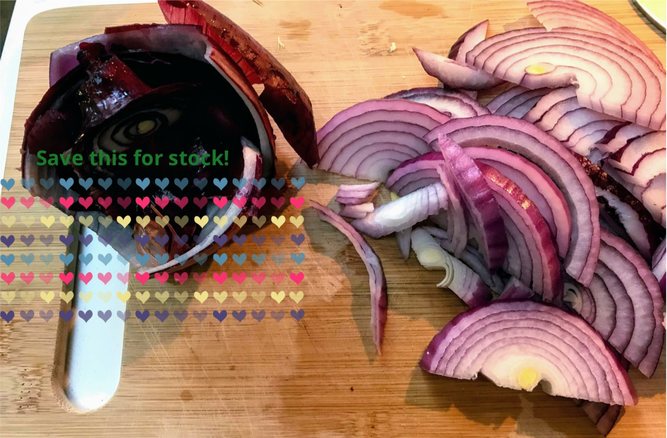
Regrowing the scallions and celery is brilliant! Ashamed to say I buy a pack a few times a month right now and wind up throwing a good portion of it (and the plastic it came in!) away each time. Thank you for the suggestions!
The scallions are insanely easy to regrow. Try it out and let me know how it goes!
I just threw out some scallions and am kicking myself!
Don’t worry, now you know what to do with them next time!
Excited to try growing scallions and celery! Thanks for the tips!
Awesome, Jenna! Let me know how it goes.